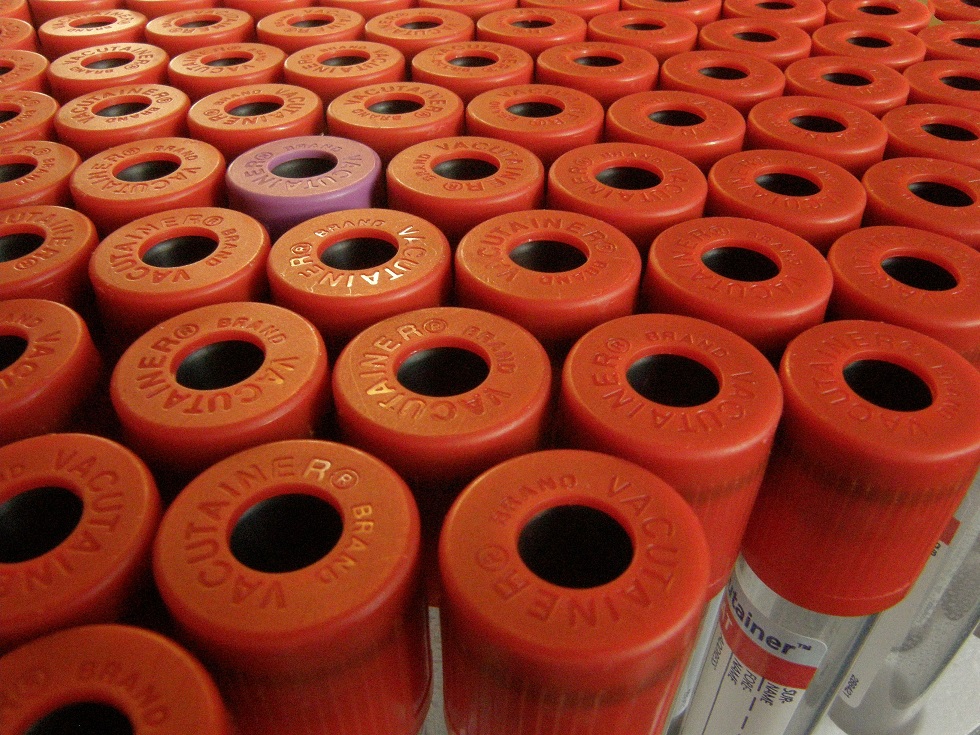Species: Dog, Cat, Avian. Not widely used in large animals
Specimen: Plasma or Serum
Container: Heparin or red top tube
Collection protocol: Fasted sample preferred.
Special handling/shipping requirements: Standard
General information about the disease:
Intrahepatic and extrahepatic cholestasis, endocrine and neoplastic disorders, and others.
General information about when this test is indicated:
An indicator of osteoblastic activity in all species and cholestasis in most species. In birds, it is primarily associated with osteoblastic activity, not useful for hepatobiliary disease. Several isoenzymes, but some have short half-lives and contribute little to serum ALP. Placental isoenzyme can be detected in late pregnancy in cats. Bone isoenzyme is associated with increased serum ALP in juvenile animals, bone remodelling and (probably) feline hyperthyroidism. Liver isoenzyme has a short half-life in cats (6 hours), compare with dogs (70 hours), so magnitude of increase in feline disease is lower. In dogs exogenous or endogenous steroidogenic hormones stimulate both liver and glucocorticoid isoenzymes and the largest increases in serum ALP are seen in cholestatic disorders and glucocorticoid excess, as well as some tumours. Phenobarbital induces ALP activity in the dog. In cats phenobarbitone and glucocorticoids have little effect, but hepatic lipidosis can be associated with marked increases. Major differentials: Endocrine, cholestasis, neoplasia, breed related, drug effect.
Comparison with other related tests:
Parallels, but more sensitive than GGT in canine hepatobiliary disease.

